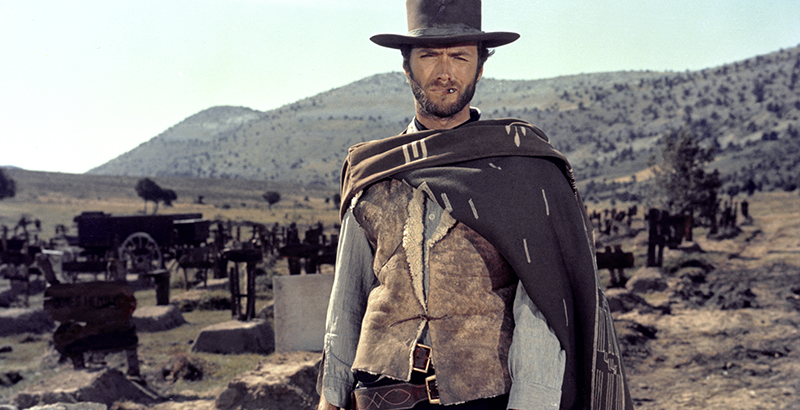Commentary: How Is Idaho Charter School Performance Like a Clint Eastwood Movie? There’s the Good, the Bad, and the Ugly

The Center for Research on Education Outcomes, or CREDO, just released its study of public charter schools in Idaho. The report analyzes student performance using three years of data, beginning with the 2014-15 school year and ending with 2016-17.
The findings made me think of the classic spaghetti western The Good, the Bad, and the Ugly.
As CREDO reports, the Good is that performance of the average Idaho charter school student is higher than those of students in traditional district schools. On average, Idaho’s charter school students experience annual growth in reading that is equivalent to 24 additional days of learning in a 180-day school year. In math, the educational gains charter students experience are on par with those of their traditional public school peers.
Perhaps the greatest benefit is for students in rural charters. Those children outperform their traditional public school peers by 30 days of learning in reading and 59 days in math.
Now for the Bad. Charter schools in Idaho do little to close achievement gaps among various student subgroups. It is important to note that charters also do not increase these achievement gaps. This is true for Hispanic students, who fall behind their white peers by equal measures in both traditional district schools and public charters.
The Bad is that charter students in poverty have a 30-day deficit in reading and a 47-day deficit in math, while their district peers have a deficit of 47 days in both reading and math. These same trends hold for English learners and students in special education. Also Bad is that 17 percent of charter schools have results that are significantly worse than those of their district peers in reading and 20 percent are underperforming in math.
The Ugly that CREDO reveals is that online charter school students in Idaho on average gain less over a year than do students who attend brick-and-mortar charter schools. Online charter students are behind by 47 days of learning in reading and 77 days in math.
Uglier still, the performance of online charter schools is so negative that it wipes out the positive growth posted by brick-and-mortar charter students in math and lessens the overall positive charter impact on reading progress. In other words, if you took out the online charter results, Idaho’s charter schools would look truly stellar.
My organization, Bluum, sees these results – the Good, the Bad, and the Ugly – as the baseline for our work implementing Idaho’s Communities of Excellence $17 million federal Charter School Program grant. In that grant, we promised to “increase the number of quality charter school seats by 8,200 students, especially for our most educationally disadvantaged and rural students, through start-up, replication and expansion.”
In practice, this means that in five years’ time, we expect to see positive performance impacts among charters for some of our most disadvantaged students. This is baked into the grant’s design.
Additionally, we are committed to expanding Idaho’s “quality [charter school] authorizing efforts” while disseminating and supporting best practices for schools. Authorizers are the lead quality-control agent for Idaho’s public charter schools. While the CREDO results show overall positive student results in our charter schools, more needs to be done to address the Bad and the Ugly.
Some of these charter schools may be primed to improve, and with the right supports and assistance they can get there. Others — and this is part of what distinguishes charters from traditional public schools — may be unable to improve and should either close or not be renewed by their authorizers.
Idaho has a strong charter school sector. There is much Good to note and build on, but there is also a need to redouble efforts to work at improving the Bad and the Ugly.
Terry Ryan is CEO of the Boise-based education nonprofit Bluum, a member of the board of directors of the Idaho Charter School Network, and a member of the Rural Opportunities Consortium of Idaho task force.
Get stories like these delivered straight to your inbox. Sign up for The 74 Newsletter

;)